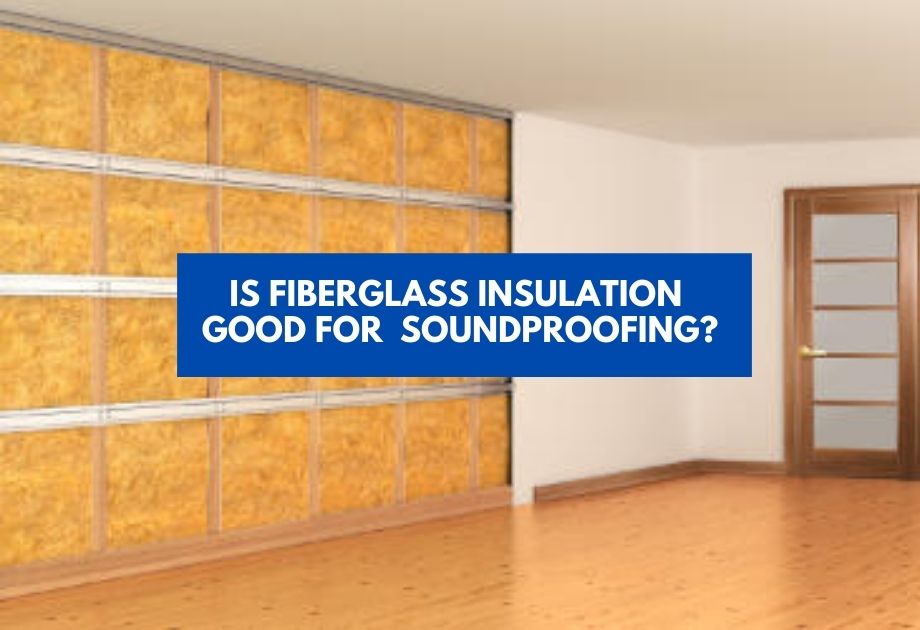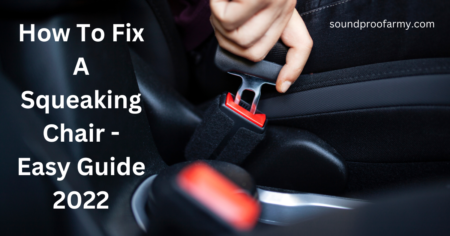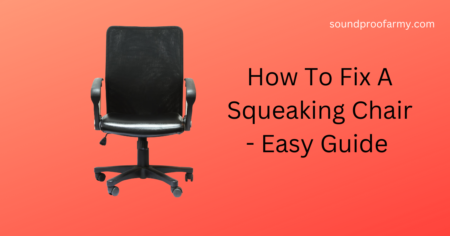Ever had the experience of being woken up in the middle of the night by a creaky and squeaky sound? It can be especially disturbing to anyone who lies awake at night or sleeps lightly.
There are a few ways you can fix that creaky noise.
- Check for Wobbly Nails and Fix Them
- Screw the Wobbly Treads
- Place Glue Blocks to Fix the Stair from Underneath
- Use a Lubricant
- Get an Appropriate Tool for a Carpeted Staircase
- Make Use of a Moulding or Quadrant
- Replace the Wedges
No matter how it starts, the most important thing is to take care of it as soon as possible before any more damage happens. Oftentimes there will be very little collateral damage when fixing this issue is dealt with quickly and done right away!
Here are some quick fixes for how to fix squeaky stairs from above and underneath.
Table of Contents
Identify Where the Squeak Is Coming From
Sometimes the fix is as simple as tightening screws on top of the stairs, but other times it may involve adding wood blocks or brackets from below.
Test Each Step that Squeaks
Test the squeaky stairs by walking on them. If a stair is rubbing against any of the handrails, then you need to tighten it on its strings.
Various techniques for the repair are required if a tread has come loose from the stringer.
To stop squeaky stairs, you’ll need to identify the specific area that is causing the problem and repair it.
If It Squeaks in the Front
If you have squeaked in the front, you can readjust the stringers.
In order to do this, you’ll need to loosen the screws and separate the stringers by up to 3 inches. Then, attach them back together with new screws.
If It Squeaks in the Back
If the squeaks are in the back, then you should check for wear on the treads.
If they’re worn and need to be replaced, first remove the existing treads by unscrewing them from their stringers.
Then, use a chisel to remove debris and sand the area. Finally, screw on new treads that have been drilled to the right length.
Ways on How to Fix Squeaky Stairs from Above and Underneath
These are some ways that you can fix your stairs. You don’t need to spend a lot of money.
Let’s get started.
Check for Wobbly Nails and Fix Them
If the creek is coming from underneath, check the nails that are holding your staircase together for any wobbly ones. These can be fixed in one of two ways:
- Take the stairs apart and replace them with a new set
- Use glue or something else strong like superglue on the nail in order to hold it down so they stop popping out
Over time, you might see that the holes from nails will widen due to use and this could make the stairs squeak.
Striking the nail may not be enough, you likely need to strike in another notch with a hammer.
It’s worth watching out for nails that split the nosing of stairs into old steps.
Alternatively, you can nail two nails apart at a 45-degree angle onto the tread next to the wall.
This method is best for stairs that are made of wood.
It is a simple solution when you use glue or super glue, but it does not work on metal staircases.
However, you should ensure the nails are not sticking out too far to avoid injury.
Screw the Wobbly Treads
Loose stair treads can also cause a squeaky noise. If the material shrinks or gets worn out, the tread and riser will rub together and make a squeaky noise.
To keep your stairs from squeaking, use screws to secure the gliders together.
To do this drill holes through the treads and risers using a countersink screw.
Fill them with wood filler after you have securely screwed them in as a permanent fix.
Wood fillers are appropriate if the stairs are not covered by a carpet.
You can also install your own disguise at home using appropriate tools such as a chisel, wood plug cutters, and a hammer.
This is easy to do. For example, you need to find the screws that are going into a place in the wood where there is no hole yet.
This problem can be also easily fixed by removing the screws from the tread and riser.
Add some wood glue to both surfaces, then screw them together tightly.
If you have a metal staircase with loose or squeaky steps; try tightening up all of your bolts on that step first before adding any other type of fix. This will often do the trick!
Place Glue Blocks to Fix the Stair from Underneath
If your stairs are creaking from underneath, you may find that the source of the squeak is a stair tread or shoe.
To fix this problem, bring some glue blocks with you to fix it directly under the offending step.
Place one in each corner on both sides of the bottom edge and press them firmly into place for two minutes per block location (or until they harden).
The adhesive will dry within 24 hours, at which point you can put items back onto those steps without worry about any noise coming from below.
if buying a glue block like Fugitive Glue Blocks, you can make one easily at home.
You can cut the wooden cubes into triangular pieces and use wood glue on the side of the triangular pieces where the tread meets the riser.
To ensure the blocks are secure, insert a screw or nail at the center and hammer it tight.
Use a Lubricant
An important product for fixing a squeaky stair is either an oil or spray lubricant.
These friction-causing materials can rub against the side of the tread to create noise, which may annoy those living in close proximity.
A lubricant should allow the two parts to slide against one another smoothly and silently.
The steps for applying the lubricant are not hard. You don’t need to get someone else to help you with this, and it is easy.
- Spray the lubricant in a line on one side of each stair step (excluding the top and bottom steps)
- Grab an old rag to spread it around and rub it back up. You want to make sure you cover every inch so that there are no bare patches leftover.
- Repeat this process for each individual stair until all stairs have been treated with the desired amount of lube.
Graphite powder is preferable to oil. Oil makes things stick, which can lead to other problems.
Get an Appropriate Tool for a Carpeted Staircase
If your carpeted stairs are squeaking, you’ll want to use a rug underneath the edge of each stair.
This will help keep any dirt and debris from getting into the crack between each step and create friction to stop that annoying creak/squeak on every step up or down.
You can also get a long rubber mat (typically used for garages) and lay it across your staircase as well.
The addition of this material should provide enough friction so that there is no movement in the joints when walking on them.
Also tools such as Squeak No More Kit are designed to fix this problem.
The problematic spot will be at the edge where the tread meets with the riser; drill down anywhere from three to six holes at that point, and fill them in with floor putty or silicone sealant materials.
You should drill three holes through the floor. These should be equally spaced and must have straight edges, as that will keep the screw in place.
If you’re drilling through a carpeted stairway, your screws may not stay in if they stick out too much; use an appropriate drill kit for this purpose.
To drive the screws through the carpet, put on a drill bit first. Then use a tripod to firmly secure the head of the screw.
Make Use of a Moulding or Quadrant
Sometimes a squeaky sound comes from a loose tread and riser. The best way to fix that is to use molding or quadrant.
If you have a quadrant, replace the tread and riser with new ones. If that is not an option, make use of molding to fix squeaky stairs from above and underneath.
Cut out some Moulding about one inch wider than your staircase for both sides at least two inches up on each side–you will need enough length leftover (about six or more inches) so that it can be screwed in place as shown below:
The cut pieces are then attached to the stairway’s top edge using wood screws inserted through holes drilled into their underside
Make sure there is no gap between the bottom of the Moulding and where it meets with the wall because this will cause creaking once again.
After the Moulding has been installed, make sure to tighten and fix any loose screws or nails.
Replace the Wedges
Wedges are thin pieces of wood that can be inserted between the treads and risers to hold them in place.
For those who want to fix squeaky stairs from above or underneath there is an easy solution: Replace the wedges with new ones!
To replace old wedges on your stairway you’ll need some sort of wedge material such as PVC piping or plastic conduit with holes drilled through it.
Place these wedges inside where the old ones were at each step until all steps have been repaired and then tighten down as necessary using screws or bolts.
You may find that if one side of the stairs is tighter than the other, you’ll want to remove some of these wedges.
You can purchase wedge material from a hardware store or rent it for a day if you are not sure how long it will take and then return them when finished with your project.
If you do not have enough time or resources this method may be better as fixing squeaky stairs is something that should only be done by professionals in most cases.
because there are many factors to consider such as stair gauge height which plays into how well they hold up over time.
Final Thoughts on How to Fix Squeaky Stairs from Above and Underneath
To fix squeaky stairs from above and underneath, the first thing to do is to check the type of material the staircase is constructed.
Then, identify any problem areas or joints in the staircase that has not been greased.
Finally, use a spirit level on each step as well as an aerosol lubricant on each joint and screw.
If this doesn’t work, then you may need to replace some of the screws or joint parts.
Frequently Asked Questions
How do I stop stairs from squeaking underneath?
If you’re wondering how to stop stairs from squeaking underneath, here are some of the things that you can do.
First, identify the type of material that your staircase is constructed out of.
Next, check for wear on your stair treads and make necessary replacements. You can also try using a lubricant or tightening screws on top of the stairs.
If you have squeaked in the front, readjust your stair stringer by loosening screws and separating them.
If it’s the back of your stairs that are making a noise, check for wear on treads – replace or adjust as needed.
At last, if lubrication doesn’t work, try replacing staircase parts.
How do I stop my stairs from creaking on my carpet?
When you have stairs squeaking on your carpet, the reason for it is most likely due to a worn-out stair tread.
When you replace your old treads and put them back in place, make sure that they’re not larger than the original treads on your staircase.
After screwing the new treads to the stringers, use a pencil or marker to draw a line on the edges of each tread to show where the edges of the carpet should sit.
How much does it cost to fix squeaky stairs?
A cheap way to fix a squeaky stair is to use an auto-grade aerosol lubricant which costs around $2.
If the above doesn’t work, then it might be time for a professional to come and fix your stairs. The average price of this type of service is around $200.

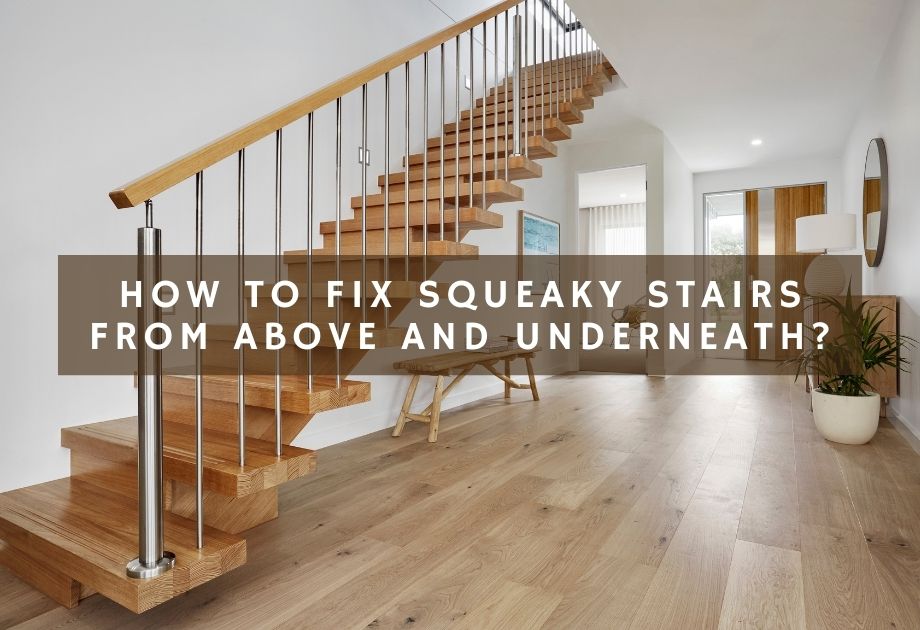


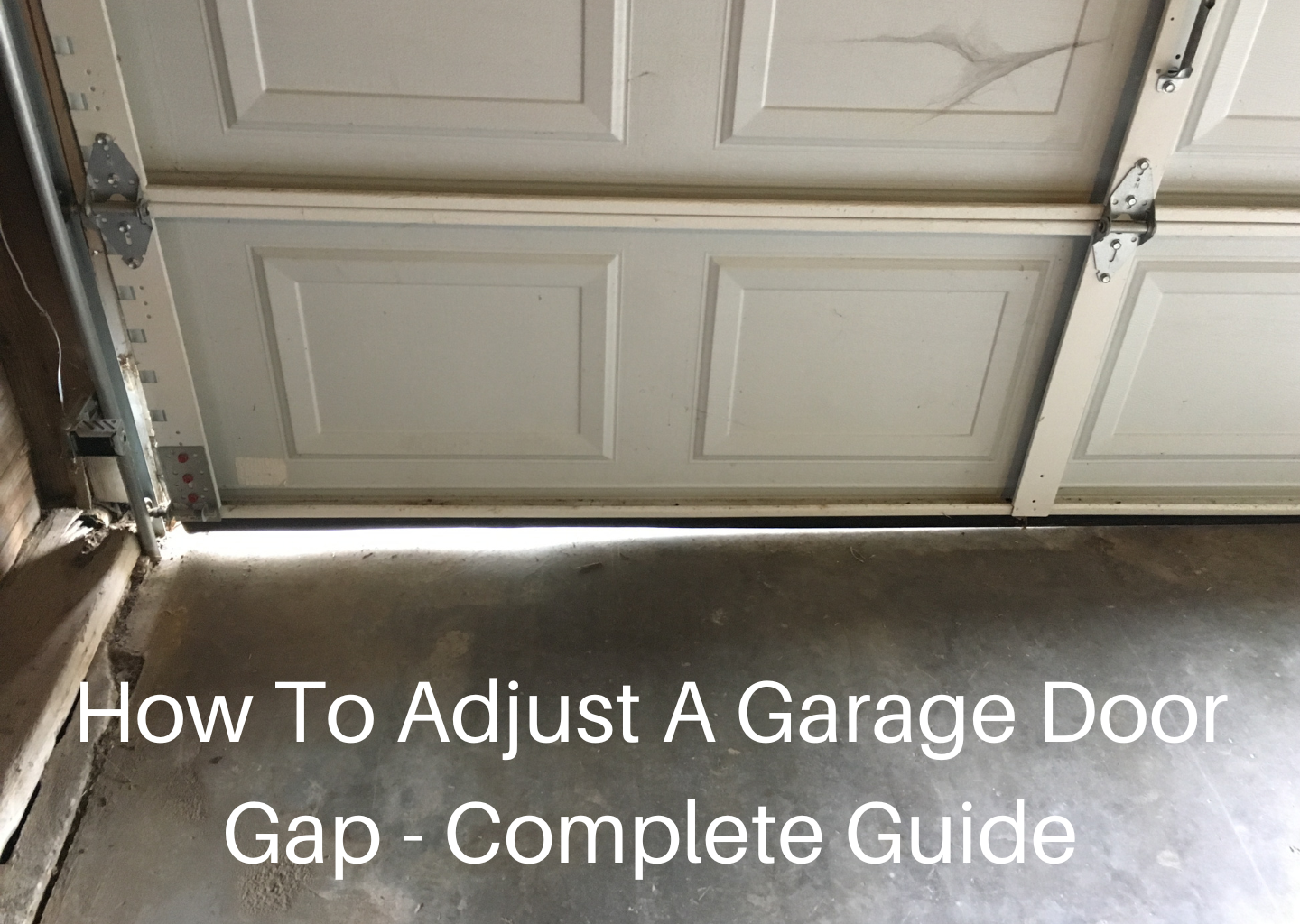
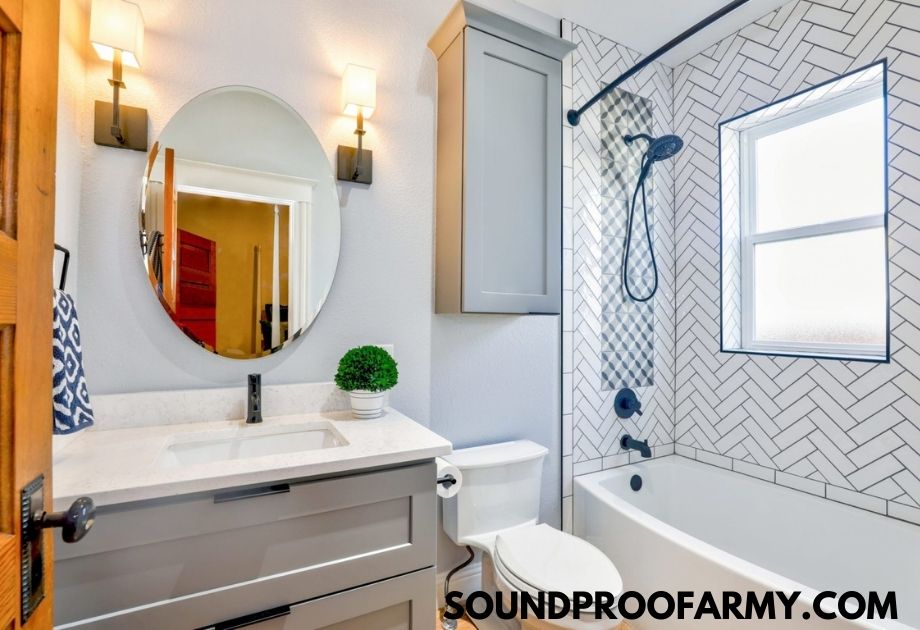
![How To Soundproof A Basement Ceiling Cheaply [9 Ways]](https://soundproofarmy.com/wp-content/uploads/2021/06/cheapest-ways-to-soundproof-basement-ceiling-Simple-DIY-Hacks.jpg)
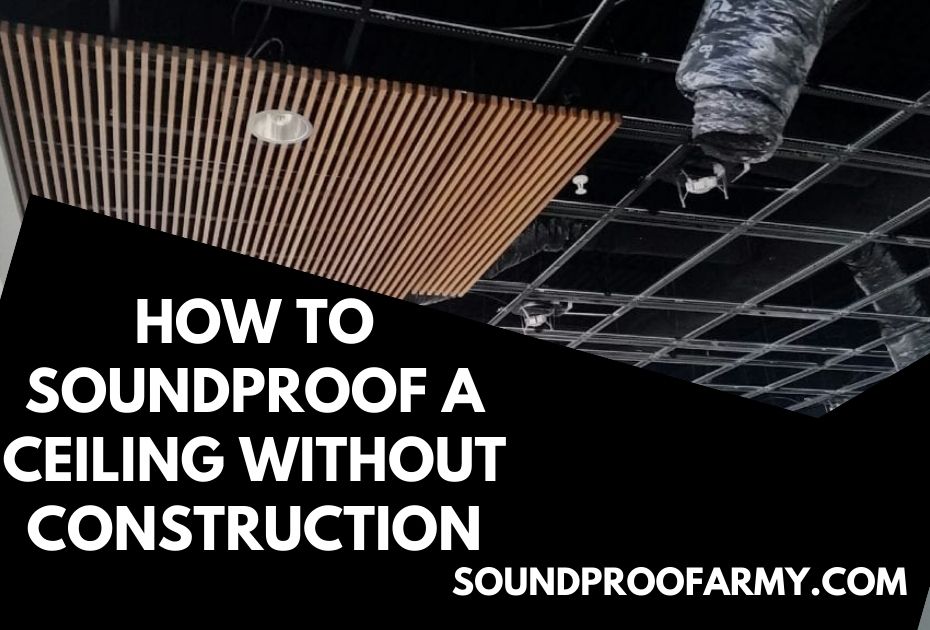
![How to Soundproof a Door with Household Items [14 Effective Ways]](https://soundproofarmy.com/wp-content/uploads/2021/07/How-to-Soundproof-a-Door-with-Household-Items.jpg)

